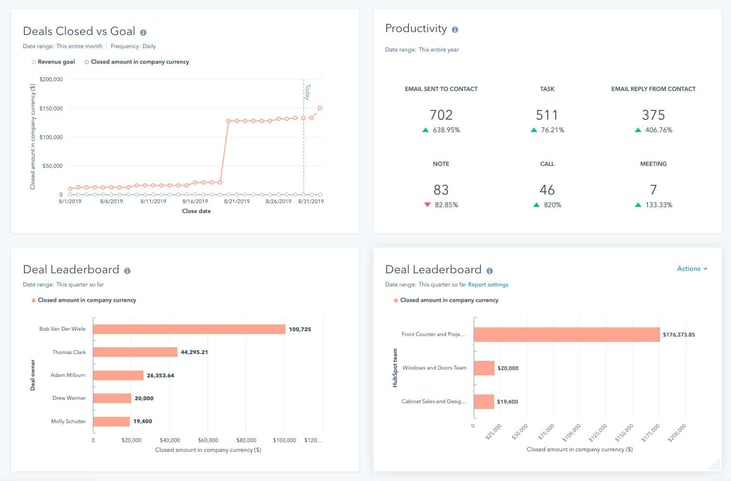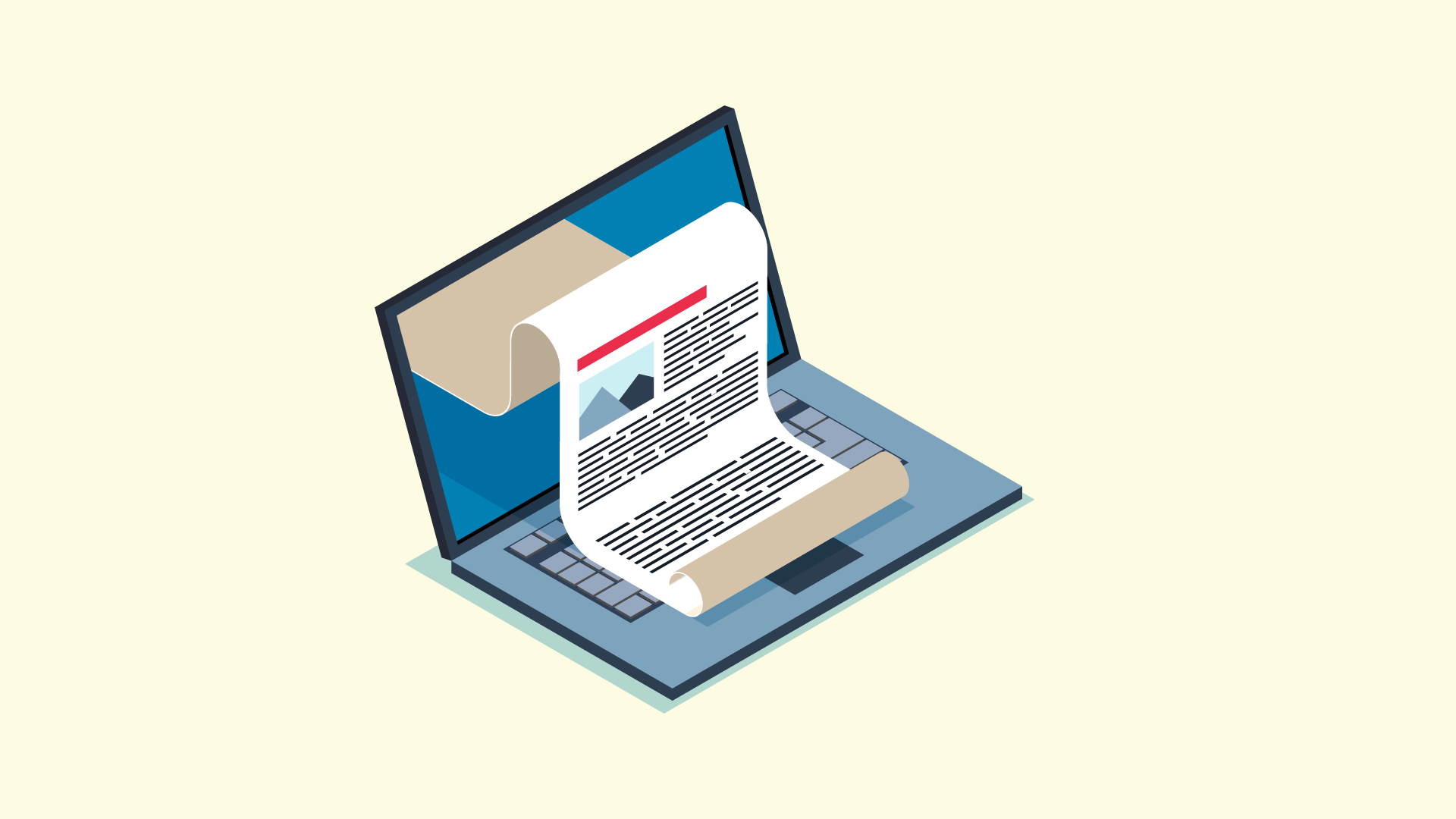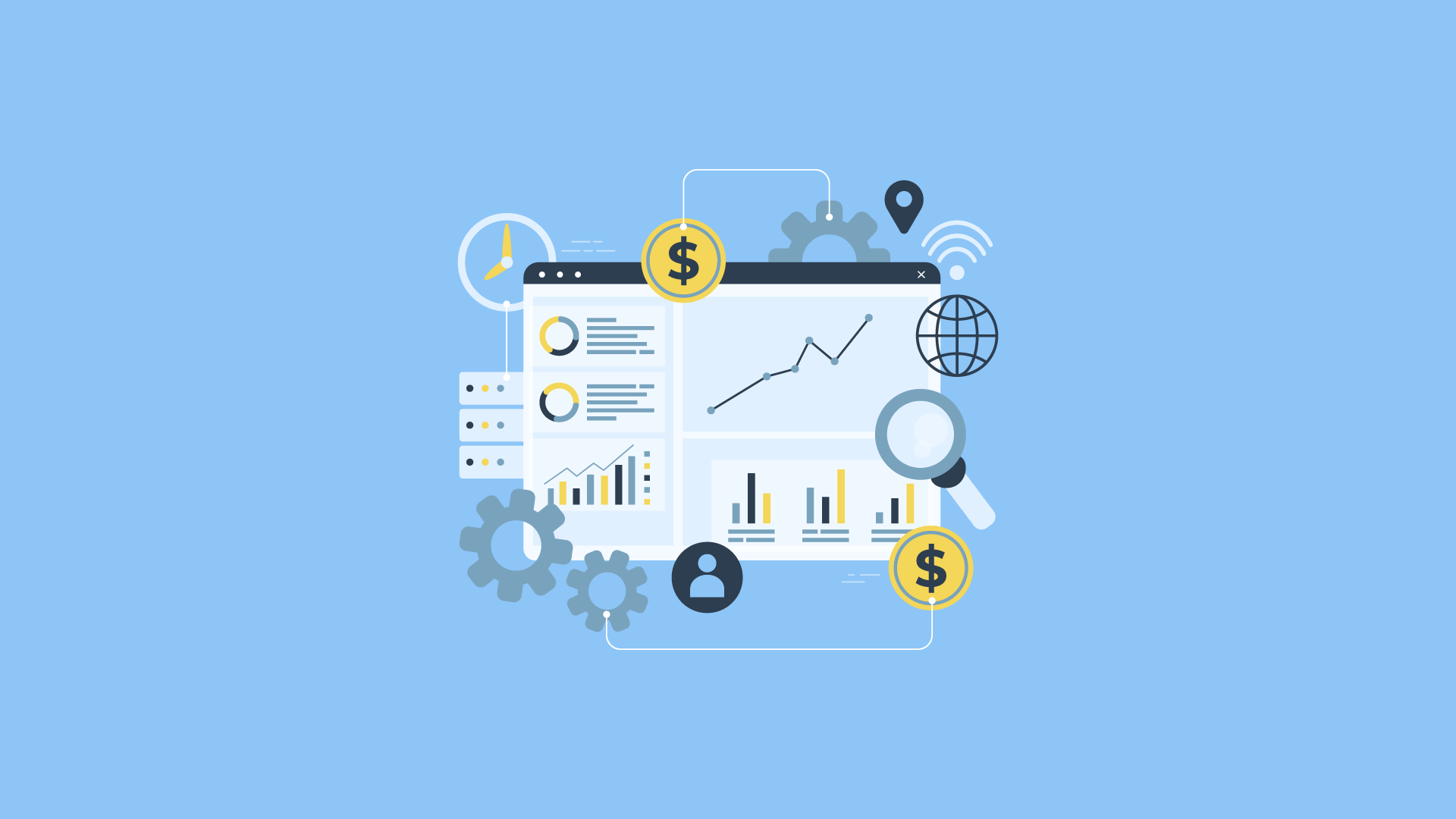Are you struggling to close deals and meet your sales targets? Despite your best efforts, are you falling short of your goals? The problem may lie in your sales enablement strategy.
In today's competitive business landscape, sales enablement has become crucial for organizations looking to stay ahead. It encompasses the tools, processes, and resources that empower sales teams to effectively engage with prospects and close deals. However, many companies fail to grasp the key elements necessary for successful sales enablement.
If you want to boost your sales performance and close more deals, you need to understand the essential elements of sales enablement. From aligning marketing and sales efforts to providing the right training and technology, these factors can make a significant difference in your sales outcomes.
In this article, we will explore the key elements to help you optimize your sales enablement strategy and achieve greater success.
| Sales Enablement |
What is Sales Enablement?
Sales enablement is a strategic approach that aims to empower sales teams with the right resources, tools, and knowledge to engage prospects effectively and close deals successfully. It involves aligning marketing, sales, and other customer-facing departments to provide a seamless buying experience that meets the needs of potential customers.
Sales enablement goes beyond traditional sales training by encompassing a holistic approach to support the entire buyer's journey. It involves equipping sales representatives with the necessary skills, content, and technology to engage with prospects at each stage of the sales process.
This includes understanding customer needs, delivering personalized messaging, and providing relevant information and resources.
The goal of sales enablement is to improve sales productivity, increase win rates, and drive revenue growth. By providing sales teams with the right tools and resources, organizations can enhance their ability to connect with prospects, address their pain points, and ultimately close more deals.
Benefits of Sales Enablement
Implementing effective sales enablement strategies can yield several benefits for marketing professionals and organizations:
1. Increased Win Rates
By equipping sales teams with the right resources, knowledge, and training, sales enablement improves their ability to engage with prospects and close deals successfully. This leads to higher win rates, ensuring that more opportunities result in revenue for the organization.
2. Improved Sales Productivity
Sales enablement streamlines processes, eliminates redundant tasks, and provides sales representatives with easy access to the information they need. This improves sales productivity by enabling reps to focus on high-value activities and spend more time engaging with prospects.
3. Enhanced Sales Alignment and Collaboration
Sales enablement fosters collaboration and alignment between marketing and sales teams. Through effective communication, shared objectives, and access to data, both teams can work together to deliver a consistent and personalized experience to prospects. This alignment ensures that marketing efforts effectively support sales initiatives.
4. Increased Customer Engagement
Sales enablement enables sales representatives to deliver relevant and personalized messages to prospects, addressing their specific pain points and challenges. By engaging prospects in meaningful conversations, sales teams can build trust, establish rapport, and ultimately increase customer engagement and satisfaction.
5. Data-Driven Decision Making
Sales enablement leverages analytics and data to provide insights into prospect behavior, content effectiveness, and sales performance. These insights empower sales teams to make data-driven decisions, refine their strategies, and focus on the most impactful activities that drive results.
Understanding sales enablement and its key components is essential for marketing professionals aiming to empower their sales teams and drive revenue growth.
By developing a comprehensive sales enablement strategy that encompasses content creation, sales process optimization, training, and technology enablement, organizations can equip their sales teams to excel in today's competitive marketplace.
The Key elements to Closing more Deals with Sales Enablement
Closing deals is the lifeblood of any sales team, but it can be a challenging task. Sales enablement is the key to equipping your sales team with the tools and strategies they need to close more deals successfully.
Here are some key elements to closing more deals with sales enablement:
1. Developing a Sales Enablement Strategy
To harness the full potential of sales enablement, you need a well-defined strategy tailored to your organization's goals and objectives.
The first step is to set clear objectives and goals for your sales enablement efforts. Whether it's increasing deal closures, improving sales productivity, or enhancing customer satisfaction, having specific targets will guide your strategy and measure its success.
It is crucial to assess your current sales process and identify any gaps or areas for improvement. By analyzing your sales team's strengths and weaknesses, as well as understanding customer pain points and objections, you can address these challenges head-on.
This data-driven approach enables you to design a customized sales enablement plan that aligns with your organization's unique needs.
2. Onboarding and Training
A comprehensive onboarding process for new sales team members is a critical component of successful sales enablement. Effective onboarding ensures that new hires quickly become productive and confident in their roles, enabling them to contribute to deal closures sooner.
Companies with a formal onboarding process experience a 32% increase in sales rep productivity.
During onboarding, it is essential to provide training on product knowledge, sales techniques, and objection handling. By equipping your sales team with the necessary skills and knowledge, you enable them to engage prospects effectively and overcome potential challenges.
Ongoing training and skill development should also be incorporated into your sales enablement strategy to keep your sales team updated on industry trends and best practices.
3. Aligning Sales and Marketing Efforts
Successful sales enablement relies on strong collaboration between sales and marketing teams. Aligning their efforts ensures a unified message and consistent brand experience throughout the buyer's journey.
Research show that companies with aligned sales and marketing teams achieved 36% higher customer retention rates.
To foster collaboration, establish regular communication channels, such as joint meetings and shared dashboards, to exchange insights and align strategies. Creating a unified message requires close coordination to ensure marketing materials, such as content and collateral, align with the sales team's needs and address buyer pain points.
By leveraging marketing assets to support the sales process, you enhance the effectiveness of your sales enablement efforts.
4. Developing Buyer Personas and Targeted Content
Understanding your target audience is paramount to effective sales enablement. By developing buyer personas, detailed profiles that represent your ideal customers, you can tailor your sales approach and content to address their specific needs and pain points.
Organizations that use buyer personas achieve a 73% higher conversion rate, according to Aberdeen Group. By aligning your sales enablement efforts with buyer personas, you can enhance your sales team's ability to engage and convert prospects effectively.
Developing targeted content is another critical aspect of sales enablement. By creating content that resonates with your buyer personas and addresses their challenges, you position your sales team as trusted advisors.
This content can take various forms, including case studies, whitepapers, and industry reports. By providing valuable insights and solutions, you build credibility and establish your organization as a thought leader in your industry.
5. Providing Sales Enablement Tools
Equipping your sales team with the right tools and resources is crucial for optimizing their performance and closing more deals. Sales enablement tools streamline processes, improve efficiency, and empower your sales team to deliver a personalized and impactful sales experience.
According to a report by Sales Enablement Pro, organizations that implement sales enablement tools experience a 12.9% increase in team quota attainment.
Integrating sales enablement with your CRM system (like Hubspot) brings numerous benefits to your sales team. By leveraging CRM data, you can enhance the quality of your sales interactions, improve customer engagement, and drive more successful outcomes.

Personalization is a key aspect of sales enablement, and CRM integration allows you to deliver highly tailored and relevant experiences to your prospects. By leveraging customer data, such as past interactions, preferences, and purchase history, your sales team can engage in meaningful conversations and provide customized solutions that resonate with each prospect's unique needs.
CRM integration also streamlines workflows and enhances collaboration between sales and other departments, such as marketing and customer support. By having a centralized system, everyone involved in the customer journey can access up-to-date information, collaborate seamlessly, and ensure a consistent experience throughout the entire customer lifecycle.
6. Sales Enablement Metrics and Performance Measurement
To gauge the success of your sales enablement efforts, it is essential to establish key metrics and continuously measure performance. By tracking these metrics, you can identify areas of improvement, optimize your strategies, and make data-driven decisions.
Some key metrics to consider include deal progression, conversion rates, average deal size, and sales cycle length. By monitoring deal progression, you can identify bottlenecks in the sales process and take corrective actions to keep deals moving forward.
Conversion rates provide insights into the effectiveness of your sales strategies and help you assess the impact of your sales enablement initiatives.
Additionally, leveraging technology and analytics platforms allows you to gain deeper visibility into your sales team's activities and performance. With real-time data and dashboards, you can monitor individual and team performance, identify top-performing reps, and identify areas where additional coaching and support are needed.
7. Continuous Improvement and Iterative Refinement
Sales enablement is an ongoing process that requires continuous evaluation and refinement. By embracing a culture of continuous improvement, you can adapt to evolving market dynamics, customer preferences, and sales trends.
It is crucial to regularly solicit feedback from your sales team and other stakeholders to gain valuable insights into the effectiveness of your sales enablement strategies. Conducting surveys, holding regular meetings, and fostering open communication channels can provide you with valuable feedback on what is working well and areas that need improvement.
Data-driven insights play a pivotal role in refining your sales enablement strategies. Analyzing key performance metrics, sales data, and customer feedback can help you identify patterns, uncover opportunities, and make informed decisions to optimize your sales process.
Leveraging technology can also facilitate iterative refinement. Sales enablement platforms equipped with advanced analytics capabilities can provide you with actionable insights and real-time data on content usage, engagement levels, and sales team performance. Armed with these insights, you can make data-driven adjustments to your sales enablement strategies, ensuring continuous growth and improvement.
8. Collaboration with Customer Success and Support Teams
Collaboration between the sales, customer success, and support teams is crucial for maintaining customer satisfaction and maximizing customer lifetime value. By fostering knowledge transfer and aligning goals and strategies across these teams, you can ensure a smooth handover from sales to customer onboarding and support.
Regular communication and collaboration between these teams enable the sharing of customer insights, feedback, and challenges. This information can be invaluable in refining your sales enablement strategies and identifying areas where additional support or training may be needed.
Furthermore, leveraging customer feedback can provide valuable insights into the effectiveness of your sales enablement initiatives. By actively seeking feedback and incorporating customer perspectives, you can continuously improve your sales enablement processes to meet evolving customer needs and expectations.
9. Case Studies and Success Stories
Real-world examples of successful sales enablement implementations can provide valuable inspiration and guidance for marketing professionals. Case studies and success stories showcase how you have leveraged sales enablement strategies to achieve notable results and drive deal closures.
These examples demonstrate the impact of implementing a comprehensive sales enablement approach. They highlight how you have aligned sales and marketing efforts, developed buyer personas, leveraged sales enablement tools, and measured success through key metrics.
By examining these case studies and success stories, you can gain insights into the specific strategies, tactics, and best practices that have proven successful in different industries and business contexts.
These examples serve as a valuable reference point for shaping and refining their own sales enablement strategies.
Build a Sales Enablement Strategy
Mastering the key elements of sales enablement is crucial for closing more deals and driving revenue growth in today's competitive business landscape. By implementing a comprehensive sales enablement strategy, you can equip your sales team with the tools, knowledge, and support they need to engage prospects, address customer pain points, and ultimately close deals successfully.
Throughout this blog post, we have explored the essential components of a successful sales enablement approach. By implementing these key elements, you can optimize your sales process, improve customer satisfaction, and drive revenue growth.
It is crucial to approach sales enablement as an ongoing journey, constantly evaluating and refining your strategies based on data-driven insights and feedback from your team and customers.
Are you ready to take your sales performance to new heights with a robust sales enablement strategy? At Fine Media, we specialize in helping businesses like yours optimize their sales processes and empower their teams with the right tools and resources.
Our expert team of sales enablement professionals can work with you to develop a customized strategy that aligns with your business objectives and drives tangible results.
Contact us today to schedule a consultation and learn how Fine Media can help you close more deals, increase revenue, and achieve long-term sales success.
Frequently Asked Questions
What are the elements of sales enablement?
The elements of sales enablement typically include:
- Clear objectives and goals
- Sales training and onboarding programs
- Targeted content and collateral
- Sales enablement tools and technologies
- Collaboration between sales and marketing teams
- Metrics and performance measurement
What are the key objectives of sales enablement?
The key objectives of sales enablement include:
- Equipping sales teams with the necessary tools and resources to effectively engage prospects and close deals.
- Enhancing sales productivity and efficiency through streamlined processes and access to relevant information.
- Improving customer satisfaction by providing sales reps with the knowledge and skills to address customer pain points.
- Increasing revenue growth by maximizing sales effectiveness and conversion rates.
What are the keys to sales enablement success?
The keys to sales enablement success include:
- Alignment between sales and marketing teams to create a unified message and consistent brand experience.
- Developing tailored content and resources that address the specific needs and pain points of your target audience.
- Providing comprehensive training and ongoing skill development programs for sales team members.
- Leveraging sales enablement tools and technologies to streamline processes and improve efficiency.
- Regularly measuring and analyzing sales enablement metrics to identify areas for improvement and optimize performance.
What are the core components of a sales enablement charter?
A sales enablement charter typically includes:
- Clearly defined goals and objectives for the sales enablement function.
- A detailed outline of the target audience and buyer personas.
- Strategies and tactics for aligning sales and marketing efforts.
- Training and development plans for sales team members.
- Guidelines for creating and delivering effective sales content.
- Processes for measuring and evaluating the effectiveness of sales enablement initiatives.
What are the 4 pillars of sales support?
The 4 pillars of sales support are:
- Training and development: Providing sales reps with the necessary knowledge and skills to excel in their roles.
- Content and collateral: Creating and delivering targeted content that supports the sales process and addresses customer needs.
- Tools and technologies: Equipping sales teams with tools and technologies that enhance productivity and efficiency.
- Metrics and analytics: Tracking and measuring key performance indicators to assess the effectiveness of sales efforts and identify areas for improvement.
What is a sales enablement framework?
A sales enablement framework is a structured approach that outlines the processes, strategies, and tools used to support the sales team throughout the buyer's journey.
It provides a systematic way to align sales and marketing efforts, deliver relevant content, enable sales reps with the necessary resources, and measure the impact of sales enablement initiatives. A sales enablement framework serves as a guide to ensure consistent and effective sales enablement practices across the organization.



